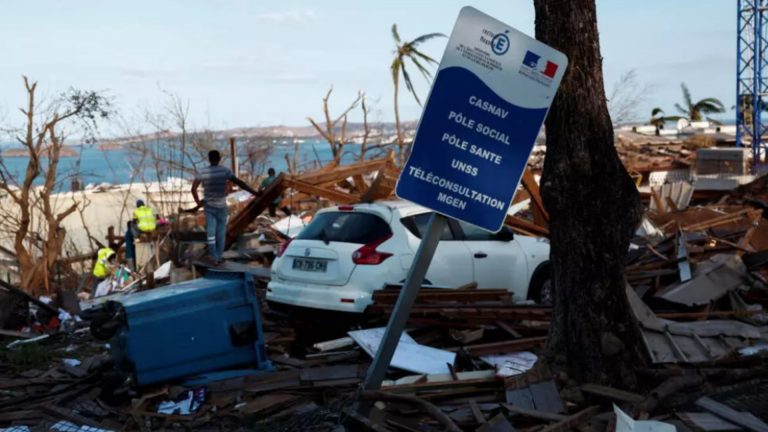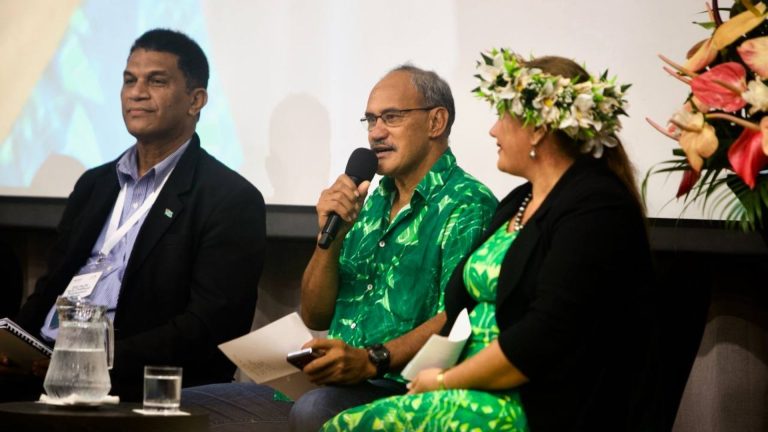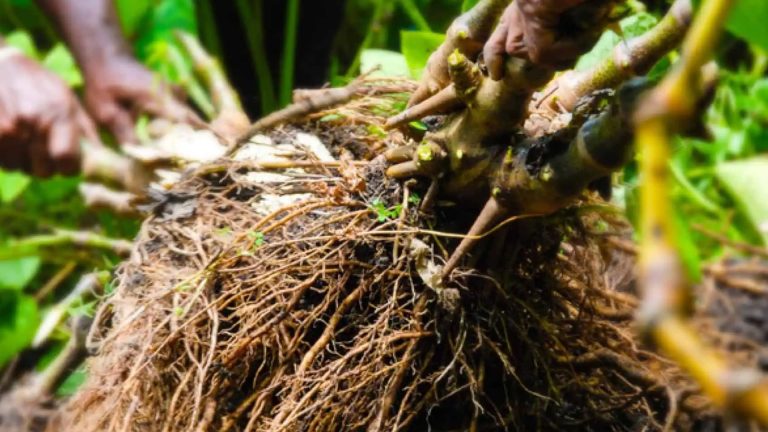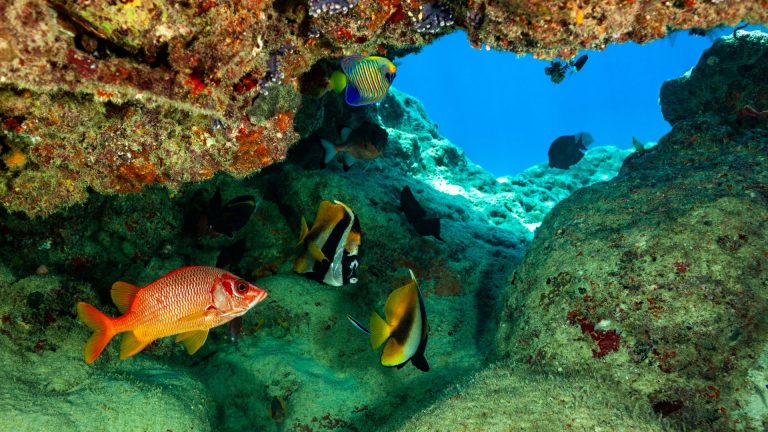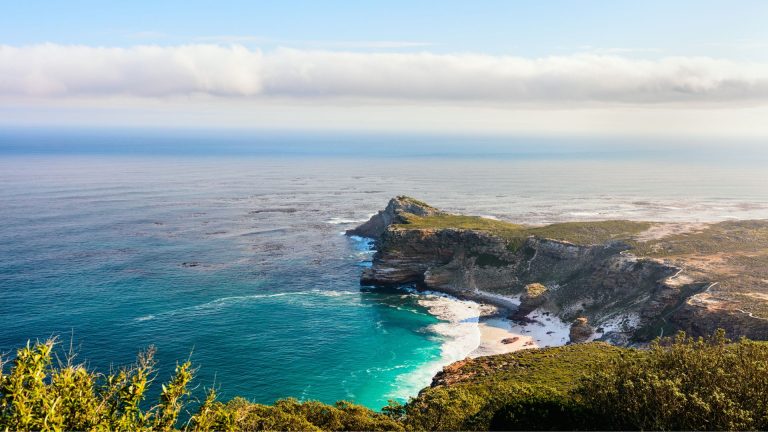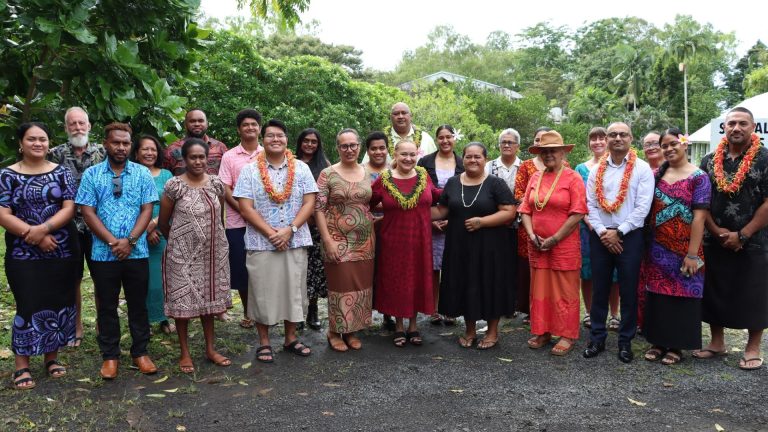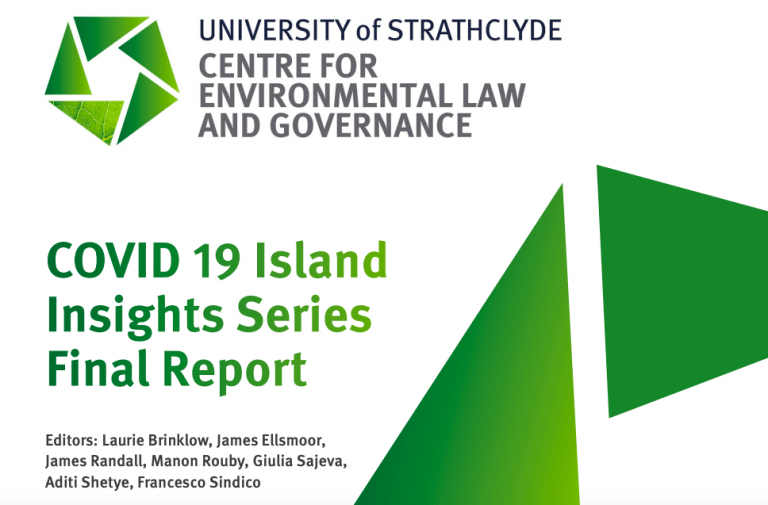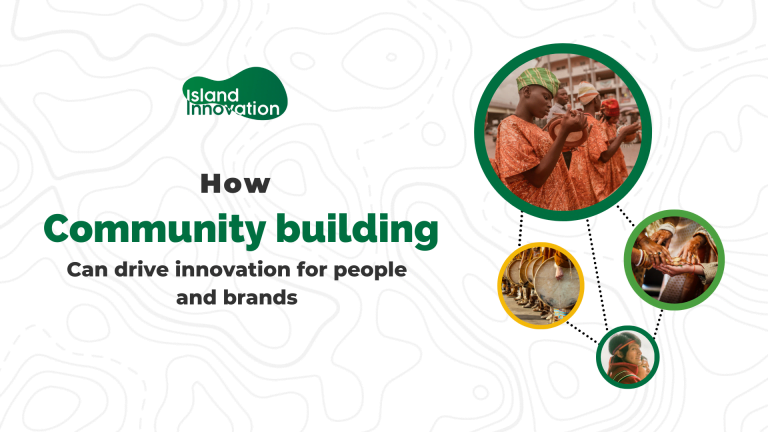Photo: Retrieved from earth.stanford.edu
Excerpt from earth.stanford.edu
Island geography, genealogy, kinship, and other cultural and environmental factors influenced early Pacific island societies to develop sustainable practices. How can we apply these lessons to climate and sustainability issues today?
Stanford ecologist Peter Vitousek and Polynesian scholars Kamanamaikalani Beamer and Te Maire Tau recently co-wrote a book, “Islands and Cultures: How Pacific Islands Provide Paths Toward Sustainability,” that views Pacific islands as models for understanding how environment and culture can interact.
“An important feature of the book is to draw on both science as it’s conventionally understood and Indigenous understanding of the world and try to bring them together,” said Vitousek, who is also a senior fellow at the Stanford Woods Institute for the Environment. “I think that the right pathway is for them to look at the world together, and learn from each other’s insights about how the world works. That’s the confluence we’re seeking.”
The book is in many respects an outgrowth of the First Nations Futures Program, a collaboration between Stanford, University of Hawaii, Canterbury University, the First Alaskans Institute, Sealaska Corporation, Hookele Strategies, and the Ngai Tahu Tribe, that was launched in 2006 through the Woods Institute. Offering fellowships for young Indigenous leaders, the program focuses on building First Nations’ capacity by developing values-based leadership and integrated asset/resource management solutions.


